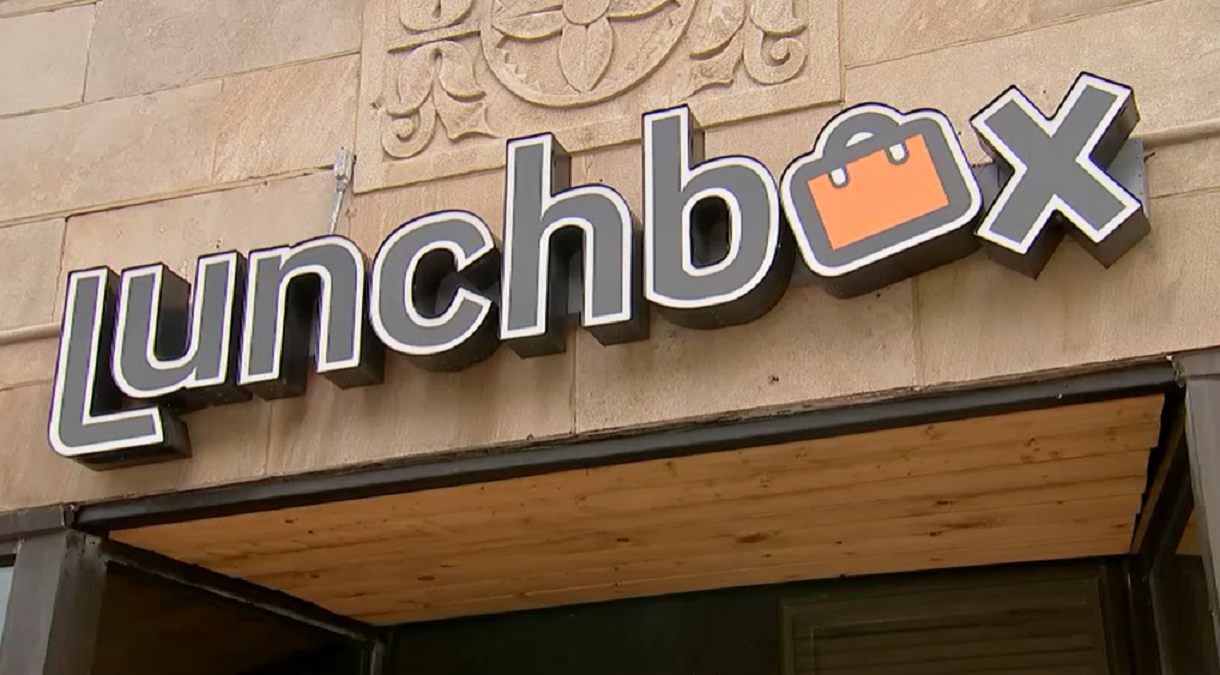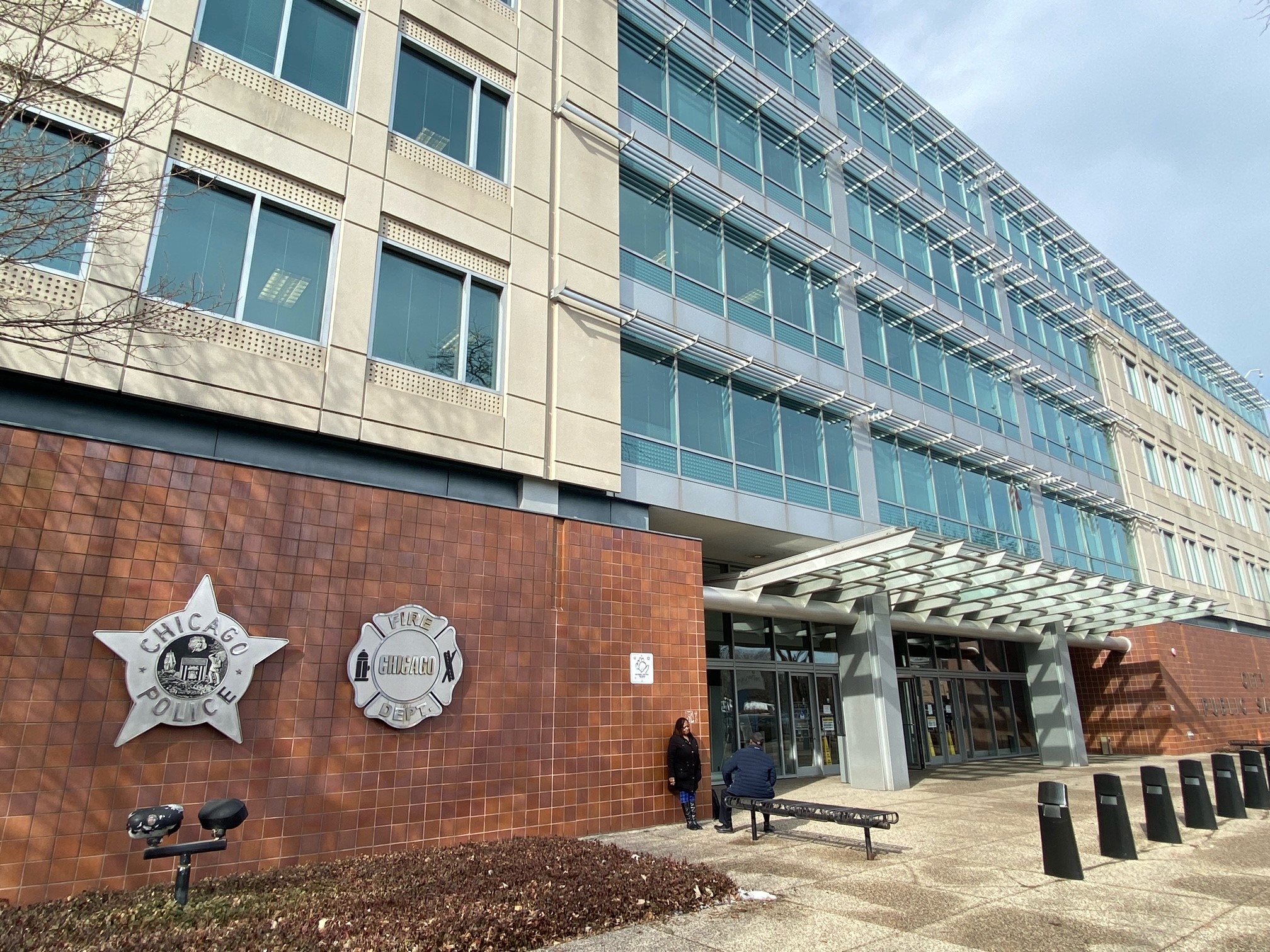When Chicago Public School (CPS) students were shifted to online learning in the spring of 2020, it was a reality check for the district, for parents, and for students.
During the immediate aftermath of the decision, CPS scrambled to hand out more than 128,000 devices. Another 39,000 were distributed when it was announced students would continue remote learning in the fall.
But another issue reared its ugly head when the pandemic hit.
Not only were many students without the devices they needed, a large portion also couldn't use them because they don't have access to the Internet.
According to US Census data, 110,000 Chicago children under age 18 don't have access to broadband. The issue disproportionately affects Chicago's low income families and people of color.
Photos: Race in Chicago: COVID-19 Exposes a Digital Divide
In Englewood, 46% of kids under 18 don't have access to the Internet. In Austin, one in three households aren't connected. Claiborne Wade is raising his four children in the west side neighborhood.
Local
"Some parents have to figure out whether or not they’re going to pay for prescription drugs or whether or not they’re going to put food on the table," said Wade. "Some folks saying it’s only $10 for the monthly, for Internet. Some parents I talk to that’s a struggle. They can’t afford that."
Wade feels fortunate he can. Their household is supported by grandparents who supplied tablets and laptops, but he knows all too well most families in his neighborhood aren't as lucky.
"It’s like we have to fight twice as hard to get the resources we need," he said.
Kids First Chicago is working to change that, giving parents like Claiborne Wade a voice.
"One in five families in Chicago are disconnected," said Daniel Anello, the CEO of Kids First. "When you actually look at that by community area, it’s incredibly polar."
"We had families we were talking to where both [parents] had recently lost employment. They had four kids they were trying to make sure were getting their remote learning, had their devices, were able to get online. And they’re trying to figure out whether or not to put food on the table or get the Internet. It's something they have to actually weigh," said Anello. "Frankly, a country where we’re in a state where people are weighing that decision is heartbreaking."
Working with the city of Chicago and CPS, Anello and his team compiled data to shape a new program - Chicago Connected. Over four years, the $50 million project, funded through private donors and CPS, provides free high-speed Internet to 100,000 qualified households with no restrictive barriers.
"We always knew that the reality was there was a digital divide. What I think the COVID crisis brought home, was that maybe the numbers were larger than we thought they were," said Phillip DiBartolo, the Chief Information Officer for Chicago Public Schools.
Depending where they live, families will receive hot spots or wired access to their home, free of charge, as part of Chicago Connected. As it stands, 32,500 families are signed up, of the 100,000 who are eligible.
"The trust factor is very important here," said DiBartolo.
Unfortunately, Anello and others have found the trust factor isn't there because the digital divide is deep rooted and access is an historic issue. Many families are concerned there are hidden fees associated with the program or too much personal information will be required.
"The challenge for us is making sure people know it’s there and trust it’s a real program," said Anello. "Things like past debt, or having to hand over a social security, anything like that, none of that is part of the program."
Access is the leading factor contributing to the digital divide, but the issue is complicated and multi-faceted. Cost of devices and connectivity, and a lack of skills and education are also factors, so is the speed and reliability of service, according to Laura Lane, who's been serving on statewide committees to identify gaps and find solutions for years.
"Just like we have food deserts we do have technology deserts," said Lane, " the options are fewer, the service is poor. "
Lane says the same redlining that impacts the retail and housing markets in disadvantaged neighborhoods, also affects infrastructure there.
"[Internet is] a utility. If we treated it like that, attempted to regulate it like that, we would have more accessibility," she said.
In many of the neighborhoods with connectivity issues, there are also concerns about choice. Many only have one option for a provider, and the Internet they do have, isn't fast enough for the services now required to work and learn from home.
Lilia Guevara lives on the city's southwest side and owns one device for her three children who are all learning from home. She has internet access, but it's spotty at best.
"Sometimes we would have to stop using it because there was just no connection," said Guevara. "A lot of kids were not just doing their work."
Guevara says for parents who don't understand or have access to technology, their kids are being left behind. Schools did offer paper copies of the work, but as Guevara says, picking up those assignments isn't feasible for working parents.
"In factories, it’s very hard for them to give you permission just to take a few hours off or come in late. They’re very strict. In this crisis, these people they just didn’t want to afford to lose their job," she said.
"Even though we do have a computer, if I don’t know how to use it, what good does it do?"
Nick Feamster is a professor of computer science and the director of the Center for Data and Computing at University of Chicago. Much of his work is dedicated to studying Internet speeds, including if the service provided through Chicago Connected will be enough.
"In the context of say a video streaming or video conference, typically somewhere between 50-100 Mbps down stream is more than enough to get a pretty good quality streaming video," said Professor Feamster.
That's standard for one user. Now, with multiple people at home at once, Feamster is studying if it's enough and what will be sufficient.
He says the Federal Communications Commission (FCC) sets national benchmarks for broadband Internet access. That benchmark is currently only 25 Mbps.
"Which we know is not sufficient to support most video streaming and video conferencing activities. Those federal guidelines needs to be updated," said Feamster.
While many questions remain about access, speed sufficiency and more, Chicago Connected is a first of its kind program and now a model for cities around the country, like Cleveland, Denver, Los Angeles, Miami and others. All who are studying its impact locally agree it's a first step in the right direction, but there's a long way to go to close the digital divide.



